When it comes to automotive safety, most people immediately think of crash-test ratings, lane assist features, and airbag deployment systems. However, there’s one critical safety component often overlooked—seat belt latch responsiveness.
While it may seem like a minor detail, the ease and speed of fastening your seat belt can significantly impact both convenience and safety, especially in emergencies.
A quick-latching seat belt offers a seamless experience, promoting regular usage and reducing driver frustration. On the other hand, latches that snag, stick, or misalign are not only annoying but can also discourage proper seat belt use altogether.
In some extreme cases, a poorly designed latch can delay your ability to exit the vehicle quickly in an emergency—an overlooked yet essential factor in car safety evaluations.
In this blog, we explore 5 cars that excel with lightning-fast, ultra-smooth seat belt latch systems—providing both comfort and peace of mind—and contrast them with 5 cars known for sluggish or snag-prone latch mechanisms, which could use a design refresh.
Whether you’re a car buyer looking for smart safety features or an enthusiast who appreciates functional design, this list will offer valuable insights into a rarely discussed but vitally important component of automotive safety.
Let’s buckle in and break it down—fast latchers first, then the frustrating ones.
5 Cars With the Quickest Seat-Belt Latches
Fast seat-belt latching isn’t just about convenience—it’s a subtle sign of smart design. These five cars make buckling up quick and smooth, saving you from fumbling in tight spots. Whether it’s the latch angle, belt tension, or buckle placement, they’ve nailed the basics that most automakers overlook.
ALSO READ: 10 Hyundai Engines with Surprising Longevity & Impressive Build Quality
1. 2023 Lexus RX
The 2023 Lexus RX showcases thoughtful engineering from top to bottom, including its seat-belt latch system. The RX features ergonomically angled buckles that are not just visually noticeable but intuitively positioned. As soon as you sit, the latch is exactly where your hand expects it, and the clicking mechanism is both quiet and satisfyingly firm.
In terms of design, Lexus uses a slightly raised seat-belt receptacle which reduces the need to dig into the seat creases. This is especially helpful for older passengers or those with limited mobility. The tension and retraction are perfectly balanced, making it easy to pull and click without tugging. Plus, the buckle doesn’t retract too deeply, so it’s always within reach.
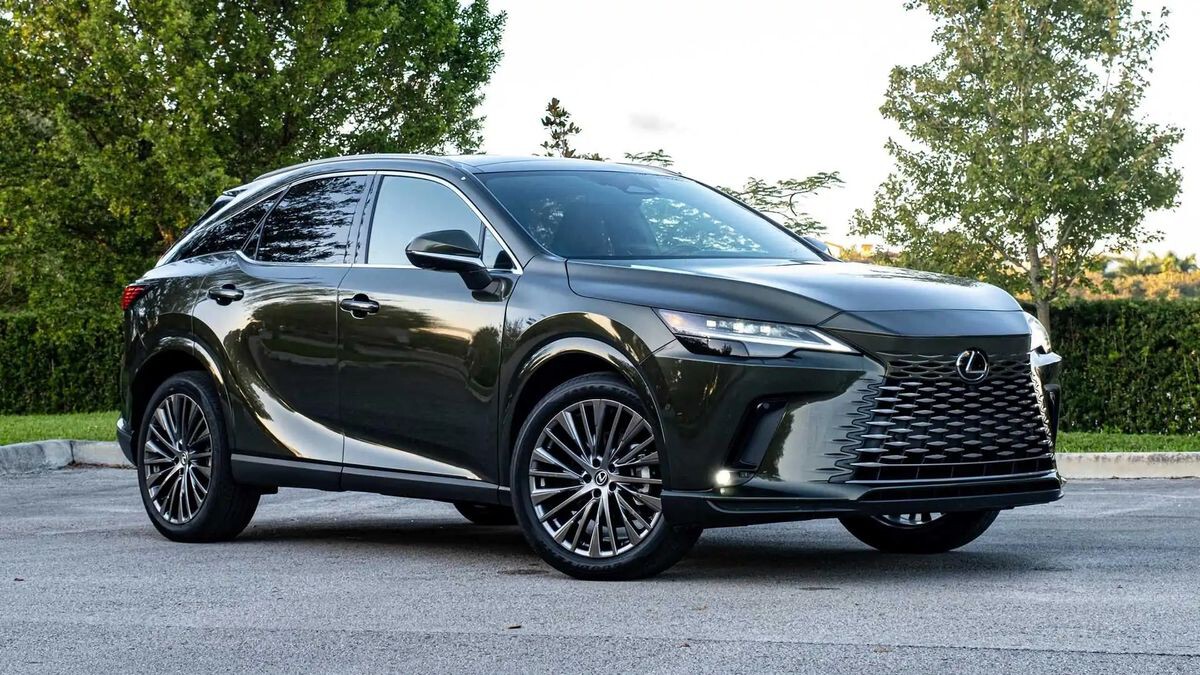
More impressive is how consistent the performance is across trim levels and even with heated or ventilated seats, which sometimes affect alignment. Safety reviews consistently cite the RX’s ease of use, and the seat belt mechanism plays an underrated but crucial role in user satisfaction.
Drivers report that even in the back seat—where latches are usually harder to access—the RX remains user-friendly. For a vehicle designed around luxury and safety, it’s no surprise that Lexus gets even the smallest detail right. This seat belt latch is a quiet winner.
2. 2023 Honda Accord
Honda has built its reputation on functional design, and the 2023 Accord is a prime example of this philosophy in action. Its seat-belt latch system is one of the most responsive in its segment. Honda engineers designed a high-visibility red latch release and gave it a precise, low-resistance snap-in feel.
The front seats feature slightly tilted latch holders embedded at a comfortable height, making it easy to find and click without looking. What makes the Accord stand out is the lack of flex in the buckle housing—no awkward movement when you try to press the belt in. It’s solid, quick, and just tactile enough.
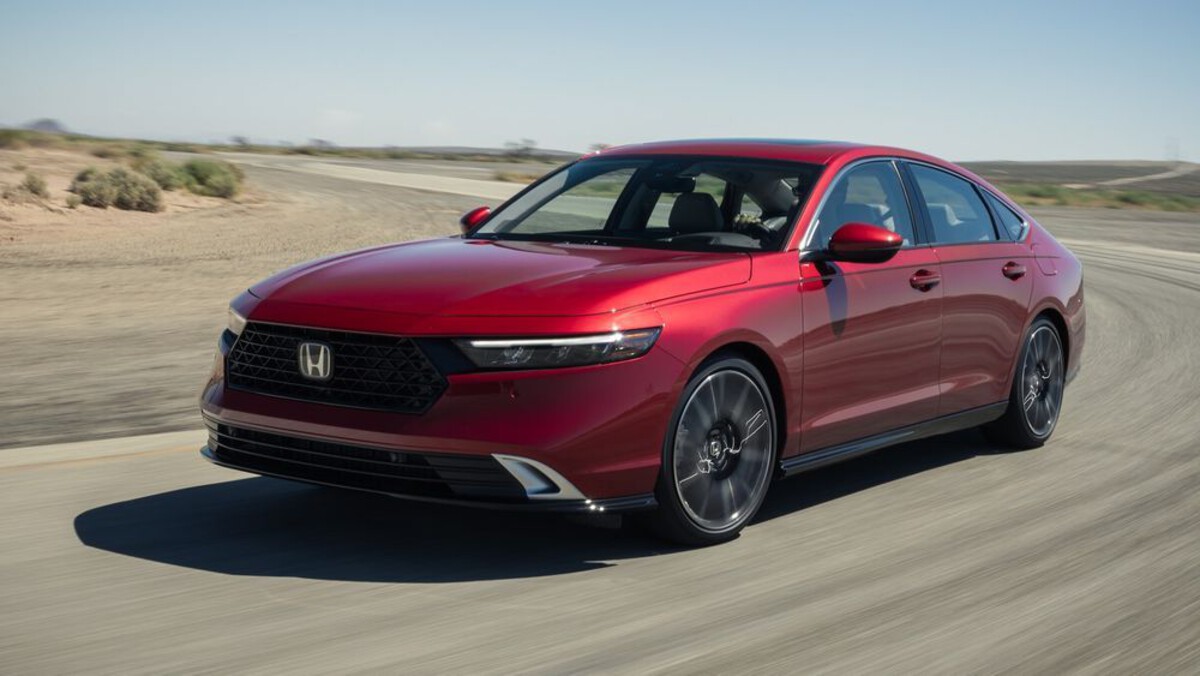
For the rear seats, Honda has gone a step further by including anchored buckles that stand upright. This eliminates the annoying “digging around” issue that plagues many competitors. Even with a car seat installed or when folding down rear seats, the latch remains accessible and functional.
In long-term owner reviews, the seat-belt experience is rarely mentioned explicitly, but that’s a good thing. It works so smoothly, you barely notice. For families, commuters, and anyone who prioritizes daily convenience, the Accord’s seat-belt responsiveness is exactly what you’d hope for in a modern sedan.
3. 2024 BMW 5 Series
BMW’s 2024 5 Series blends German precision with driver-centric design, and that extends to its seat belt mechanism. Every aspect of the latch system feels engineered for performance. The buckle is slightly forward-angled, with a glossy plastic outer shell and a non-slip matte insert, allowing quick detection and grip.
What’s unique here is the consistency in tactile feedback. Every time you plug in, it clicks with the same satisfying resistance—not too light, not too stiff. In true BMW fashion, this is not accidental; the engineering team tuned the internal spring tension for optimal balance between safety and ease of use.
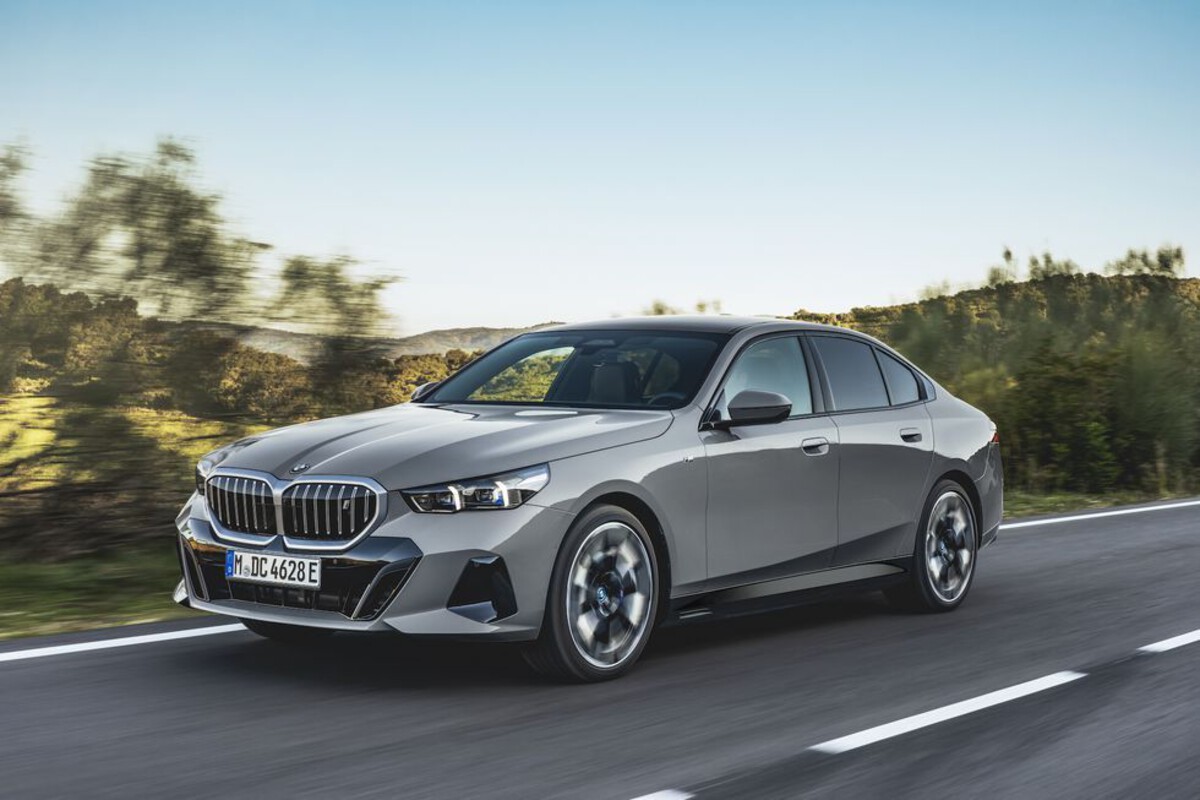
Rear passengers are equally well-treated. The buckles are mounted on flexible but upright stalks that don’t sag between seat cushions. And the ambient lighting subtly illuminates the latch area at night, making fastening easier in low light.
BMW also ensures excellent integration with seat belt reminders and pre-tensioners, making it not only smooth but smart. For those who love fine details and superior build quality, the 5 Series delivers an elite seat belt experience that’s both fast and futuristic.
4. 2023 Subaru Outback
Practicality meets precision in the 2023 Subaru Outback, a vehicle known for its all-weather reliability. Subaru’s attention to everyday functionality is evident in its seat belt system. In the Outback, the front buckles are mounted higher than usual, standing tall with sturdy bases that don’t slide around.
What really stands out is how easily the belts retract after unlatching, readying them for the next use without tangling. Subaru has designed these to work smoothly even in cold weather—a big plus for drivers in northern climates. The latch click is crisp, firm, and audible, providing immediate confirmation that you’re buckled in.
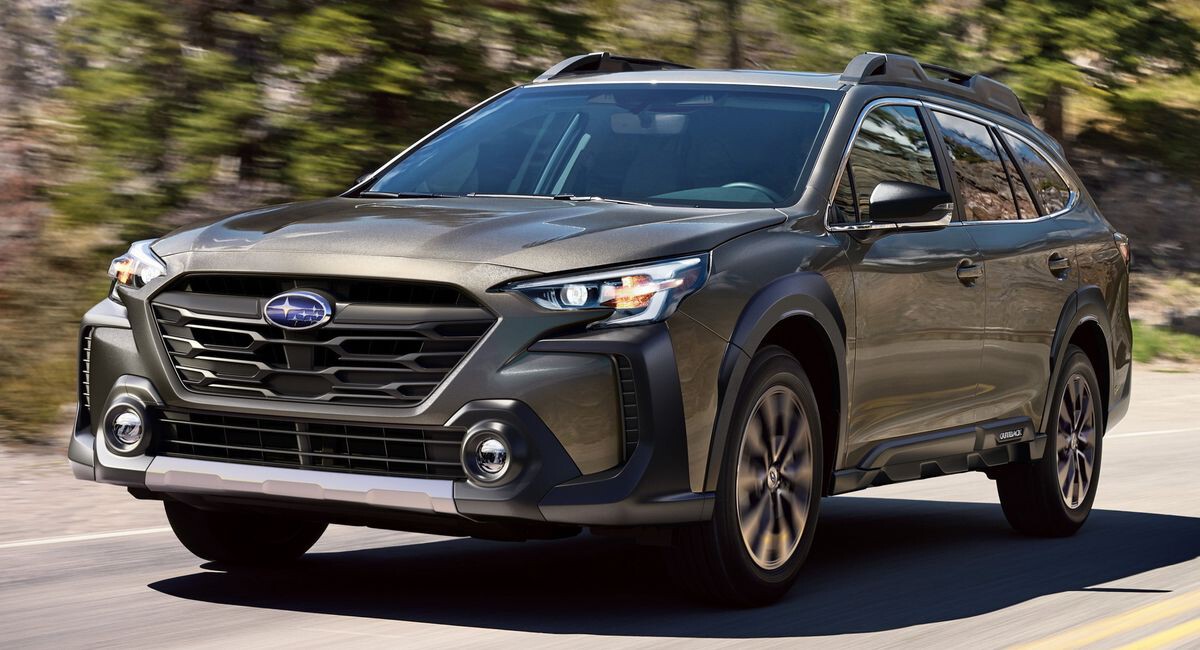
The Outback also excels with child safety integration. The rear belts pair seamlessly with booster seats, and the latches stay upright rather than slumping awkwardly into the seats—an often overlooked feature that parents appreciate.
Owners regularly praise how easy the belts are to find and use, particularly for elderly or mobility-impaired passengers. It’s a small detail, but it reflects Subaru’s commitment to creating user-friendly, adventure-ready vehicles that keep everyone safe and secure, fast.
5. 2023 Toyota Camry
The 2023 Toyota Camry combines affordability with intelligent design, and its seat belt latch is a prime example of user-focused ergonomics. The latch itself is engineered with a soft-click mechanism that feels natural, avoiding the jarring snap or stiff resistance seen in older models.
Toyota mounted the front seat latches on reinforced bases that ensure stability, even after years of use. The belt itself glides smoothly out of the B-pillar without getting twisted or stuck—a common frustration in many sedans. Latching in is a simple, one-handed action, and there’s no need to adjust your seating position.
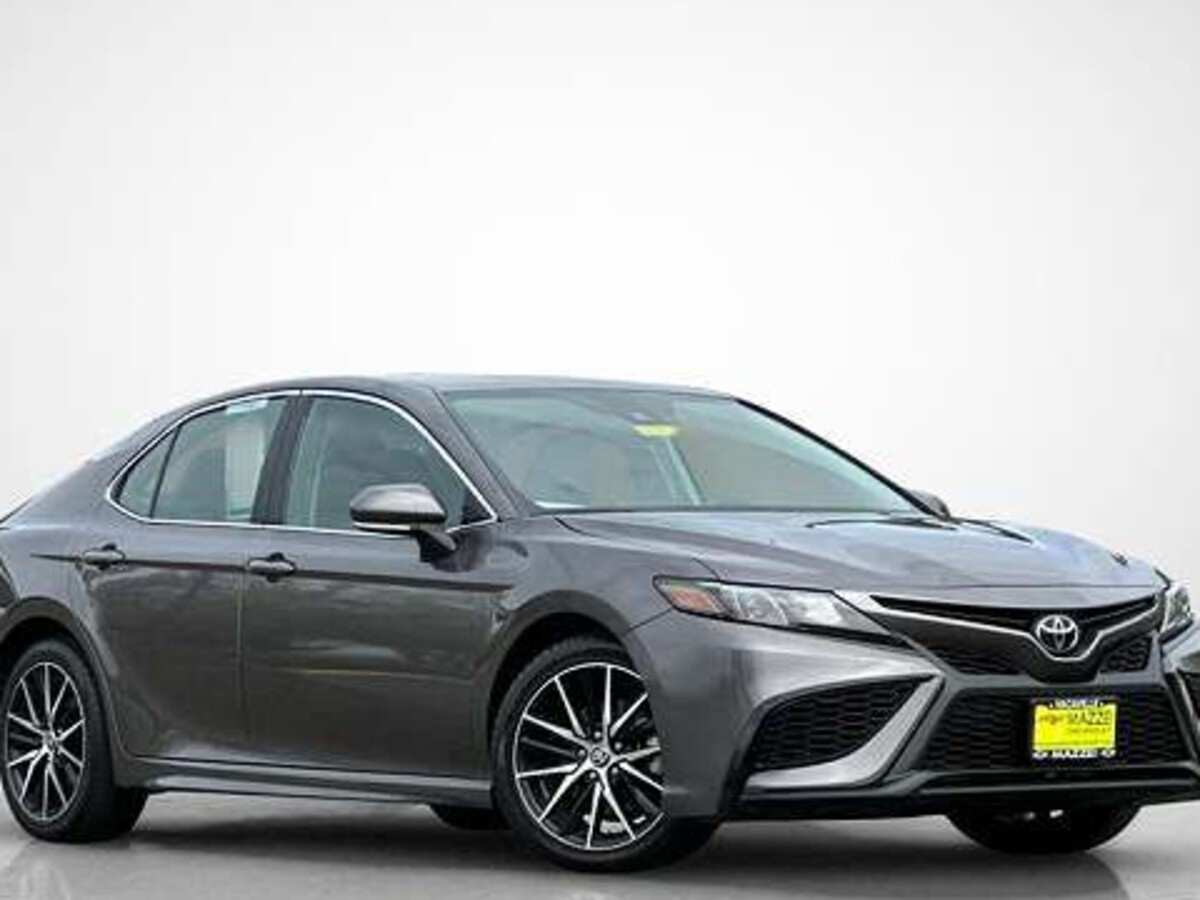
In the back seats, Toyota uses partially ridged buckle stalks that help guide the metal tab into place. Even when seat covers are added, the latch remains easily accessible. Plus, Toyota’s attention to material quality ensures no unnecessary creaking or rattle from the buckles during driving.
Camry owners often mention that their seat belts “just work”—a reflection of thoughtful design that often goes uncelebrated. When it comes to quick, efficient latching that doesn’t distract from the driving experience, the Camry earns its place on this list.
5 Cars That Snag
Some cars just make seat belt a chore. These five are known for awkward buckle positions, stiff latches, or belts that twist and snag too easily. It’s a small thing that becomes super annoying over time, especially when you’re in a rush or wearing bulky clothes. They just didn’t get it right.
ALSO READ: 5 BMWs That Age Gracefully and 5 That Don’t
6. 2022 Chevrolet Trax
The Chevrolet Trax is affordable and functional, but its seat-belt latch system has left many users frustrated. The primary issue lies in the deeply recessed buckle placement in both front and rear seats. Passengers often find themselves fumbling to locate the latch, especially when seated upright.
The buckle stalks are short and too flexible, which causes them to fall between the seat cushions when not in use. This results in a constant battle to retrieve and latch in, especially for rear-seat passengers. The feedback on latching also lacks that reassuring “click,” leaving some unsure if they’re securely fastened.
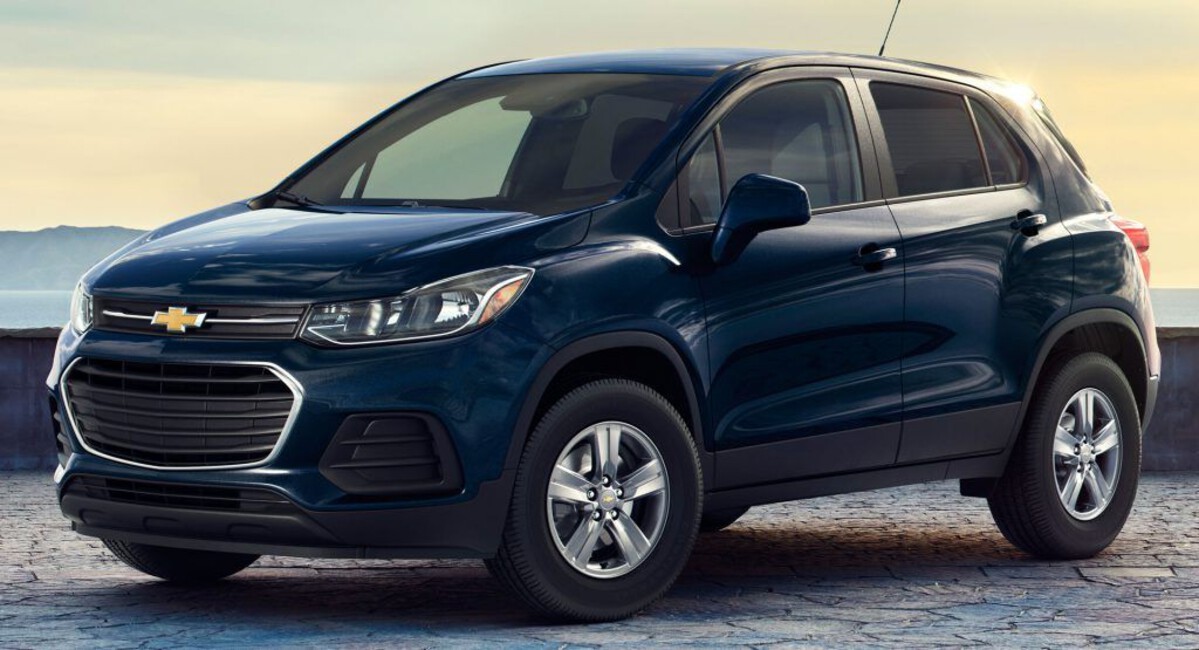
Another common complaint is the belt retraction. It often pulls back too quickly, requiring a few adjustments before it can be clipped in without resistance. This minor design flaw becomes increasingly frustrating over time.
Despite good overall safety scores, the Trax’s user interface—especially in something as essential as seat belt functionality—feels like an afterthought. If Chevrolet could fix these ergonomic snags, it would improve not just safety but daily usability.
7. 2022 Nissan Kicks
The 2022 Nissan Kicks scores well on affordability and tech, but unfortunately, its seat-belt latch system leaves room for improvement. One of the biggest issues users report is the inconsistent placement of the latch in the front seats. The buckle sits too low and gets buried between the seat cushion and center console, especially for taller or wider passengers.
The rear seats don’t fare much better. The buckle stalks are overly flexible and tend to lay flat, making it difficult for passengers—especially children and elderly riders—to locate and insert the belt tab without contorting themselves. It’s a poor design choice that impacts comfort and speed of use.
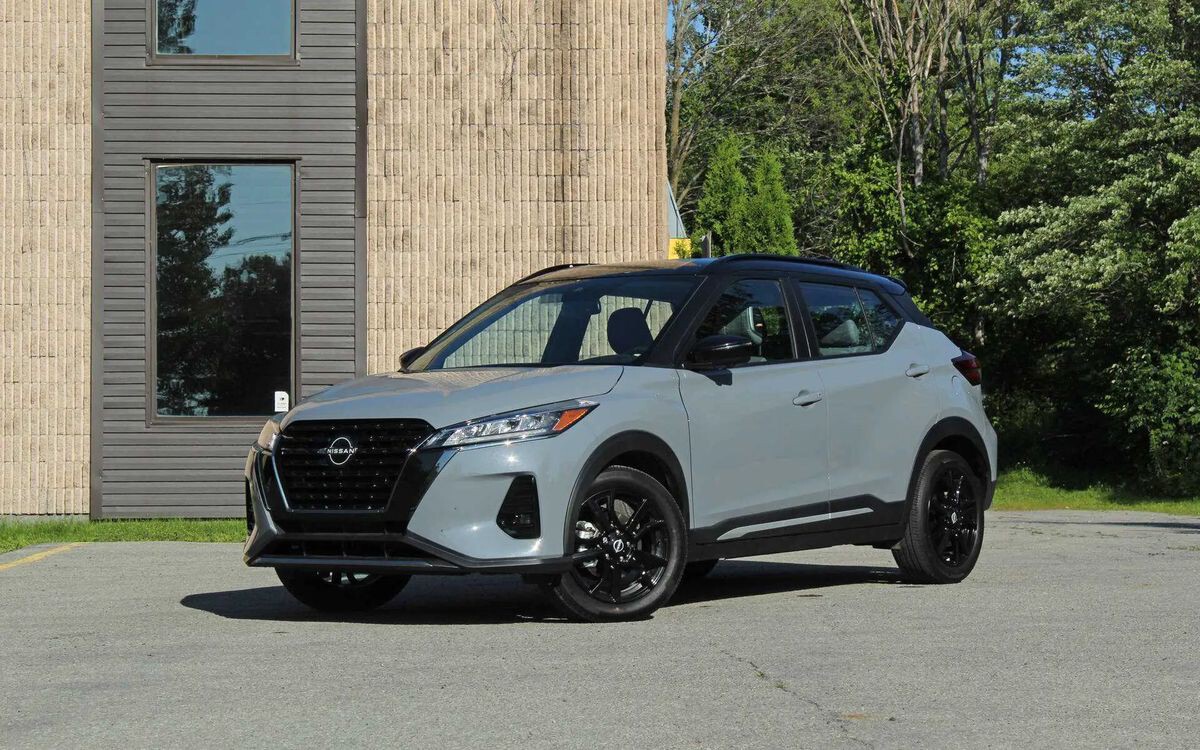
There’s also a lack of tactile feedback. When you push the seat belt into the latch, the response is often so soft that passengers question whether it actually clicked. This issue is even more pronounced when wearing thick jackets or sitting at an angle.
Although the Kicks has many strengths as a compact urban crossover, this snag-prone seat belt system undermines its overall user-friendliness. In a segment full of practical vehicles, such functional setbacks shouldn’t be overlooked, especially when they concern such a fundamental safety mechanism.
8. 2023 Ford EcoSport
While the 2023 Ford EcoSport offers agile city handling and a compact footprint, its seat belt experience is less than ideal. The front seat belt latches are mounted too low, forcing drivers and passengers to twist awkwardly or lean sideways just to find the receptacle, especially problematic in tight or rushed situations.
The stiffness of the buckle stalks also works against usability. They tend to resist movement when you try to align the latch, and the buckle itself often doesn’t give the usual click feedback that signals a secure connection. Many users end up reinserting the belt out of uncertainty, leading to added annoyance.
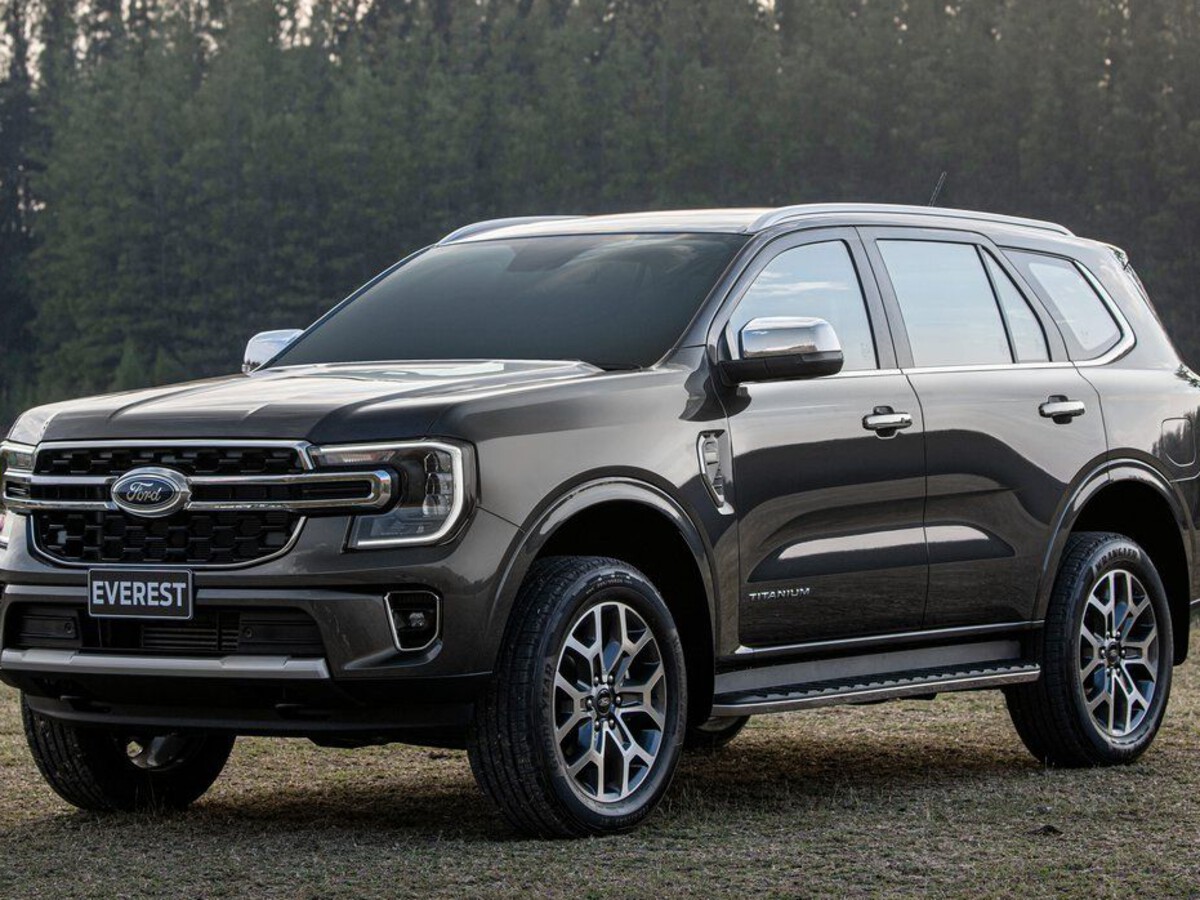
Rear seat access is more troublesome. The buckles lie flat against the seat base and are partially obstructed by the cushion material. Families with children or elderly passengers report consistent frustration with securing belts in the back seat, and the problem worsens when child safety seats are involved.
Though the EcoSport aims to appeal to practical buyers, its basic interior design—including the seat belt setup—feels dated and unrefined. This is one case where a relatively small feature detracts significantly from the overall ease of use.
9. 2022 Jeep Renegade
The Jeep Renegade brings off-road spirit in a compact package, but its interior ergonomics—particularly seat belt latch functionality—are among the lowest-rated aspects of the vehicle. Both front and rear seat belts tend to snag or require fiddling, which takes away from the otherwise rugged appeal.
In the front seats, the buckles are mounted close to the seat edge and often angle inward toward the seat base. This design makes them difficult to locate and use, especially when seated upright. What’s more frustrating is the inconsistent locking mechanism: sometimes it latches firmly, while other times it takes multiple attempts to engage.

Rear passengers deal with floppier buckle stalks, which tend to sink into the creases of the seat. The addition of heavy padding makes it harder to find the latch point—an issue that becomes especially noticeable during night-time use or when assisting children.
For a vehicle that sells itself on utility and adventure, these minor but consistent inconveniences clash with the Renegade’s intended lifestyle. Fixing the latch system wouldn’t just improve user experience—it would reinforce the Renegade’s claim to practical versatility.
10. 2023 Mitsubishi Mirage
The 2023 Mitsubishi Mirage may win on affordability and fuel efficiency, but its seat belt latch system has long been criticized for its outdated design and awkward usability. In both front and rear seats, the latches are mounted low and surrounded by excessive cushioning, making them difficult to reach and operate.
The belt itself often needs to be fully pulled out, then slowly retracted to avoid the locking mechanism engaging prematurely. This problem is especially annoying when trying to buckle up quickly or when wearing thick clothing. The action of clicking into the latch feels vague and imprecise—many drivers report having to double-check to confirm it latched securely.
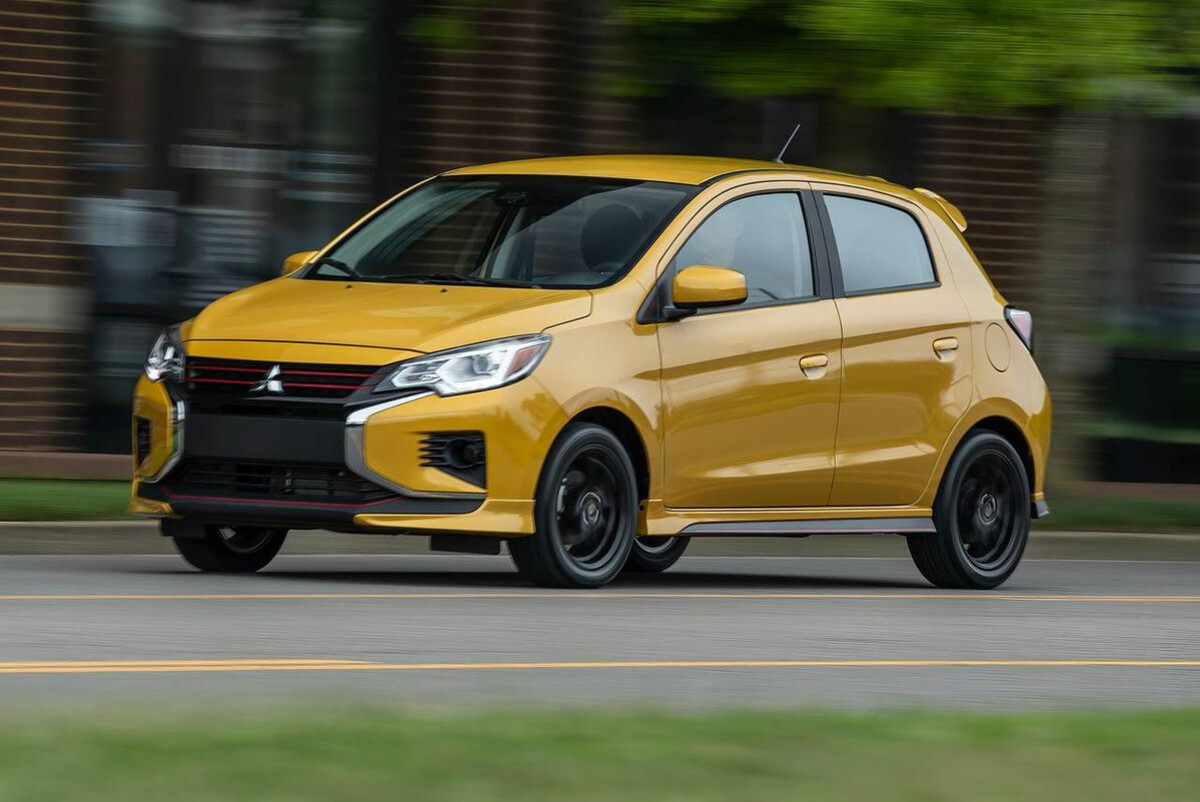
Rear seat latches are even worse, often disappearing completely into the crease between seat and backrest. The lack of a semi-rigid or upright buckle stalk results in fidgeting, repositioning, and extra time spent trying to secure a simple belt—especially annoying when dealing with passengers in a hurry.
Overall, the Mirage’s seat belt setup reflects its budget-friendly design but at the cost of user comfort and convenience. In a safety-critical component, cutting corners—even for affordability—feels like the wrong choice.
Seat belt design may seem like a minor detail in the vast ecosystem of automotive safety, but as we’ve seen, it plays a vital role in everyday usability and protection. The cars featured in our list of quickest latching seat belts—like the Lexus RX, Honda Accord, and Subaru Outback—illustrate how attention to detail can elevate a driving experience, offering not just safety but also convenience, accessibility, and confidence.
On the flip side, vehicles like the Chevrolet Trax, Nissan Kicks, and Mitsubishi Mirage show how snag-prone or poorly designed latches can add unnecessary friction to a routine action that should be seamless. These aren’t just ergonomic nuisances—they can affect compliance, frustrate passengers, and in some cases, compromise quick egress in an emergency.
As automotive safety standards continue to evolve, seat belt latch responsiveness deserves more spotlight. Manufacturers have the opportunity to combine thoughtful placement, tactile feedback, and durability to create systems that not only protect but also perform intuitively.
When considering your next vehicle purchase, don’t overlook this subtle but significant feature. After all, a fast, secure latch is your first step toward a safer drive—every single time you hit the road.

